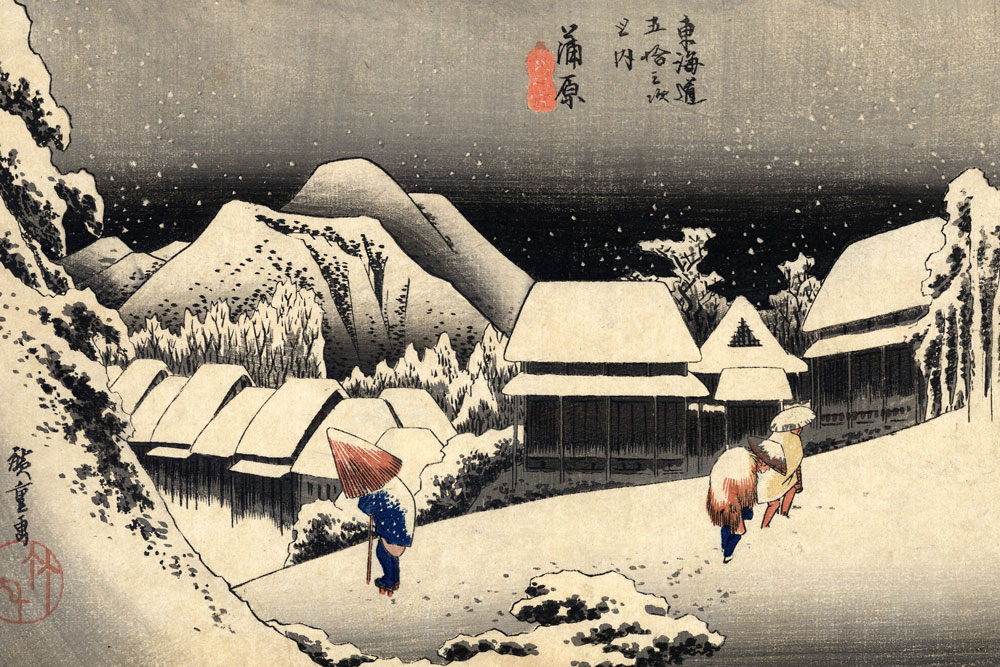From the November 2025 issue of Apollo. Preview and subscribe here.
‘There were so many fairs blossoming everywhere,’ says Henry Howard-Sneyd, chairman of Asian Art for Sotheby’s Europe and the Americas, when I ask him why he decided to set up Asian Art in London (AAL) almost three decades ago. ‘It was costing dealers a huge amount of money to move half a mile down the road to a big venue when they already had a gallery space of their own.’ All this was several years before Frieze, the biggest fair of them all, came to town.
The solution, for Howard-Sneyd, was an event designed to celebrate Asian art in all its forms, with galleries hosting special exhibitions around London, auction houses holding displays and sales, and a programme of lectures and talks covering everything from contemporary Chinese craft to Indian tapestries. The exhibitors are still all under one roof, if you think of that roof as London itself, Howard-Sneyd says; and the event has a range that reflects the size and variety of both the city and the category of ‘Asian art’.
Staying specific within that broad remit is paramount. Many galleries this year are homing in on specific cultures, periods or mediums: Marchant is holding an exhibition to mark its centenary, of Imperial porcelain from Kangxi, Yongzheng and Qianlong, for instance, while Amir Mohtashemi has a selection of ceramics on show at its new gallery in St James’s, including 16th-century polychrome Iznik ware from Ottoman Turkey. Sotheby’s is giving space for displays by several other dealers, including Susan Page, showing a selection of richly decorated Chinese snuff bottles from the 18th and 19th centuries. Anrad Gallery is celebrating modern practitioners of four Indian artistic traditions in its exhibition ‘The Living Tapestry’, which includes metal Gadwakam sculptures from Chhattisgarh, narrative scrolls created by Pattachitra painters in Odisha (formerly Orissa), and intricate Bikaner and Mughal miniatures. For Howard-Sneyd, an expert in Chinese art, a lecture by Weng Yanjun, director of the Jingdezhen Imperial Kiln Museum, on blue-and-white porcelain production over the past 700 years will be a chance to take stock of the scholarship on Chinese porcelain at a time when ‘major excavations’ in China are leading to more and more ‘extraordinary discoveries’.
Perhaps the biggest benefit of AAL’s gallery-by-gallery approach is that it has a longevity that fairs, which have to dismantle their tents or move out of their venues when the time is up, can’t quite match. The guide to events and exhibitions going on during AAL is, Howard-Sneyd says, ‘a pretty good guidebook to London’s Asian art dealers whenever you turn up – even if you’re not there for the event itself’.
Asian Art in London takes place from 27th October–6th November.

Gallery Highlights
Lustreware: From Abbasid Iraq to Renaissance Italy
Until 21 November
Sam Fogg, London
The use of metallic oxide glaze in the production of ceramics originated in the Abbasid caliphate and spread into Europe in the late medieval period. In this exhibition of 40 ceramics, lustred bowls with animal motifs from 10th-century Iraq sit side by side with colourful HispanoMoresque wares made in the 15th century.
Seriously.
21 November–31 January 2026
Sprüth Magers, London
From the gallows humour of Keith Arnatt’s Self-Burial (1969) to the irreverence of Thomas Ruff’s series L’Empereur (1982), which captures the artist slumped over chairs in ever more absurd contortions, the works in this exhibition demonstrate the many ways in which humour manifests in conceptual art. The bulk of the show consists of photographs – by Sigmar Polke, John Baldessari, Bruce Nauman, Cindy Sherman and others – with some drawings and films also on display.
Immarcescible: Limoges Renaissance Enamels and their Collectors
Until 20 December
Galerie Kugel, Paris
Limoges has been associated with enamel since the very first workshops sprang up in the city in the 12th century. This show displays a group of richly decorated enamels made between 1520 and 1620, mostly depicting biblical or mythological scenes. Thanks to the material’s durability, these pieces are, as the exhibition title asserts, immarcescible (imperishable), and have retained their sheen over the centuries.
Lynn Chadwick: Hypercycle / Chapter 2: Archetype (1963–1977)
Until 20 November
Perrotin, New York
The second instalment of this three-year-long international exhibition series looks at the middle part of Chadwick’s career, a period in which the sculptor began experimenting with polishing sections of his enigmatic, angular bronzes in order to achieve a mirrorlike surface.

Fairs in Focus
PAN Amsterdam
2–9 November
RAI Amsterdam
As its name suggests, PAN Amsterdam aims to give as broad as possible a view of the Dutch art market. For its 38th edition, 125 exhibitors are assembling in the capital, bringing objects ranging from a 180-million-year-old ichthyosaurus skeleton to masterpieces of contemporary fine art and design. Japanese art is taking a front seat this year, as PAN commemorates the moment, 425 years ago, when the ship De Liefde docked at the island of Kuroshima, effectively kickstarting a trade relationship between the Netherlands and Japan. And so everything from 17th-century Arita ware and tsuba (sword guards) to 20th-century Japanese prints and tatami mats by contemporary makers are on display. The fair’s Museum Spotlight section focuses on the Kröller-Müller Museum in Otterlo, which is bringing Claes Oldenburg’s monumental sculpture ThreeWay Plug, Scale D, Soft, from 1970, to greet visitors at the entrance to the fair.
From the November 2025 issue of Apollo. Preview and subscribe here.
